A short account of Tel Be’er Sheva, given by your Israel & Jerusalem private tour guide
"And he said: 'Verily, these seven ewe-lambs shalt thou take of my hand, that it may be a witness unto me, that I have digged this well. Wherefore that place was called Beer-sheba; because there they swore both of them." (Genesis, 21:30-31)
In the Be’er Sheva Valley, east of the modern city of Be’er Sheva, there is a low hill containing the remains of an ancient town. It is fewer than eight acres in size, yet it is important enough to be declared a World Heritage Site by UNESCO. This is Tel Be’er Sheva, the famous biblical place.

click on all the photos to open them up
A bit of history
The biblical story mentions it not as a city but as a well of water (be’er in Hebrew) that was dug first by Abraham, and then by Isaac to water their sheep. Both were involved in fights with the Philistine shepherds, who also wanted the water. Eventually, both of them made treaties with the local Philistine king, Abimelech. Later, Be'er Sheva is mentioned as belonging to the Simeon tribe and as the southern border city of the Kingdom of Judah.
Actually, people settled on the small hill as early as 5,500 years ago, but subsequently it was abandoned for over 2,000 years. It was settled again only in the 11th century BCE (according to the biblical time line - a short time before David united the tribes into one kingdom with Jerusalem as the capital), and existed until its destruction by the Babylonian conquest in 586 BCE.
The tel was inhabited to some extent in later periods, even as late as the Crusader time, but from 1200 to 1900 there was no permanent settlement in the area, only Bedouins, who wandered the land. The Turkish Ottoman regime began building the modern Be’er Sheva not far from the tel.
What can one see in Tel Be’er Sheva?Unlike most of the ancient cities, Be’er Sheva, of the Kingdom of Judah, was built according to an architectural plan. Surrounded by a wall with one gate, the city was divided into three concentric blocks by two circular streets that had uniform lodging areas. Near the gate, there were six large storage buildings that kept all of the food needed for this small city. The palace and administration building were located at the city center.
Most amazing is the water project of the city. It consisted of a large underground reservoir that was filled with flood waters diverted by a dam and led by a canal. A long staircase, starting from inside the city, takes you down into the reservoir, and then out of the city. This reminds us of other water project (such as the City of David in Jerusalem, Megiddo and many other cities) by which the inhabitants used to go deep under the surface and out of the city walls to get water - whether from a spring or a reservoir.

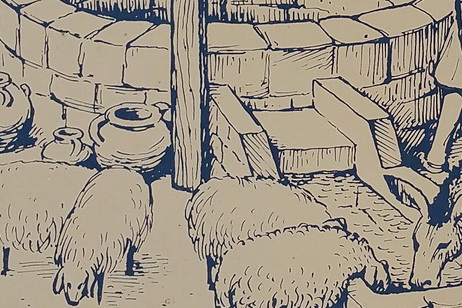
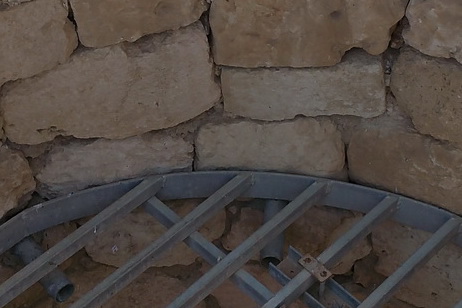
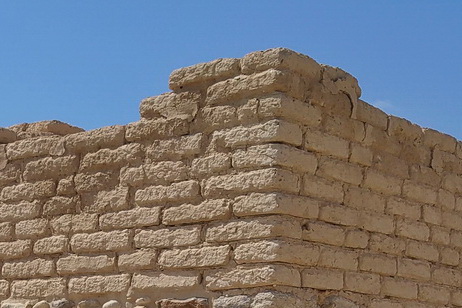
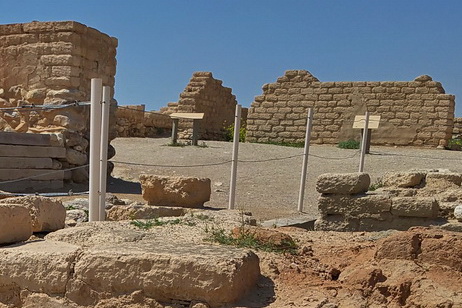
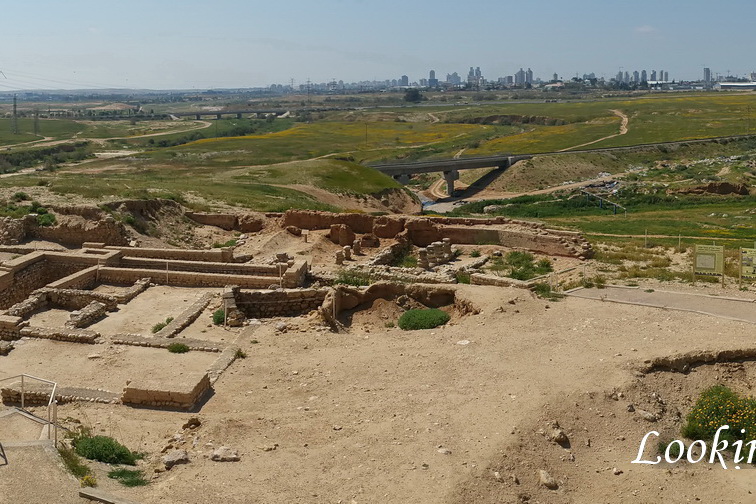
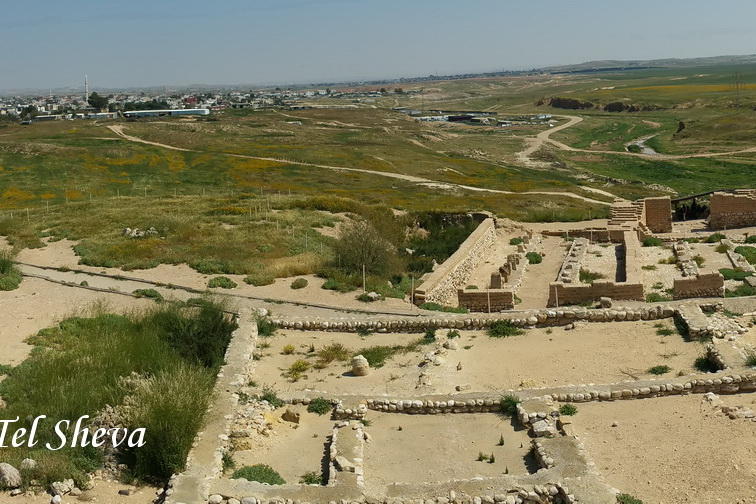

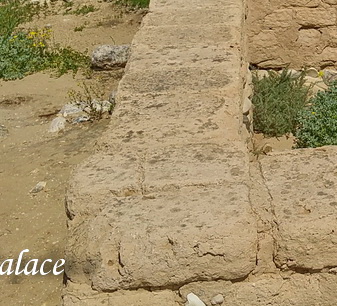


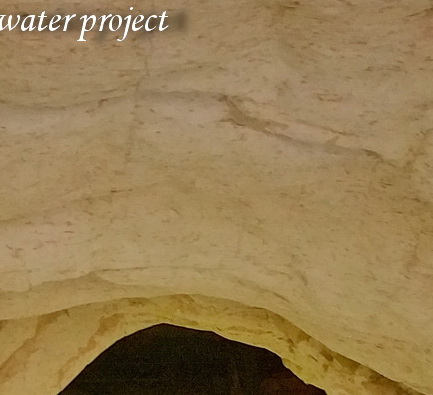
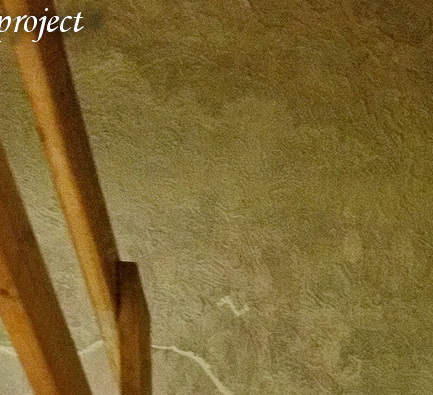




Leave A Comment
You must be logged in to post a comment.